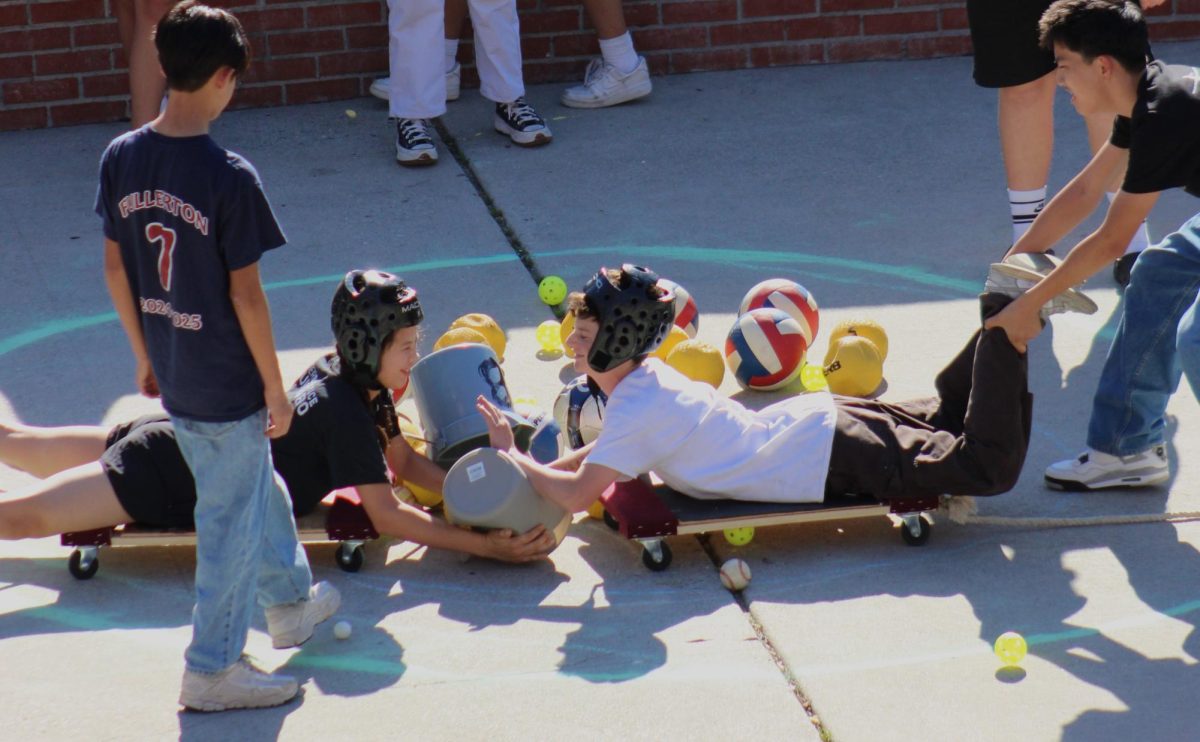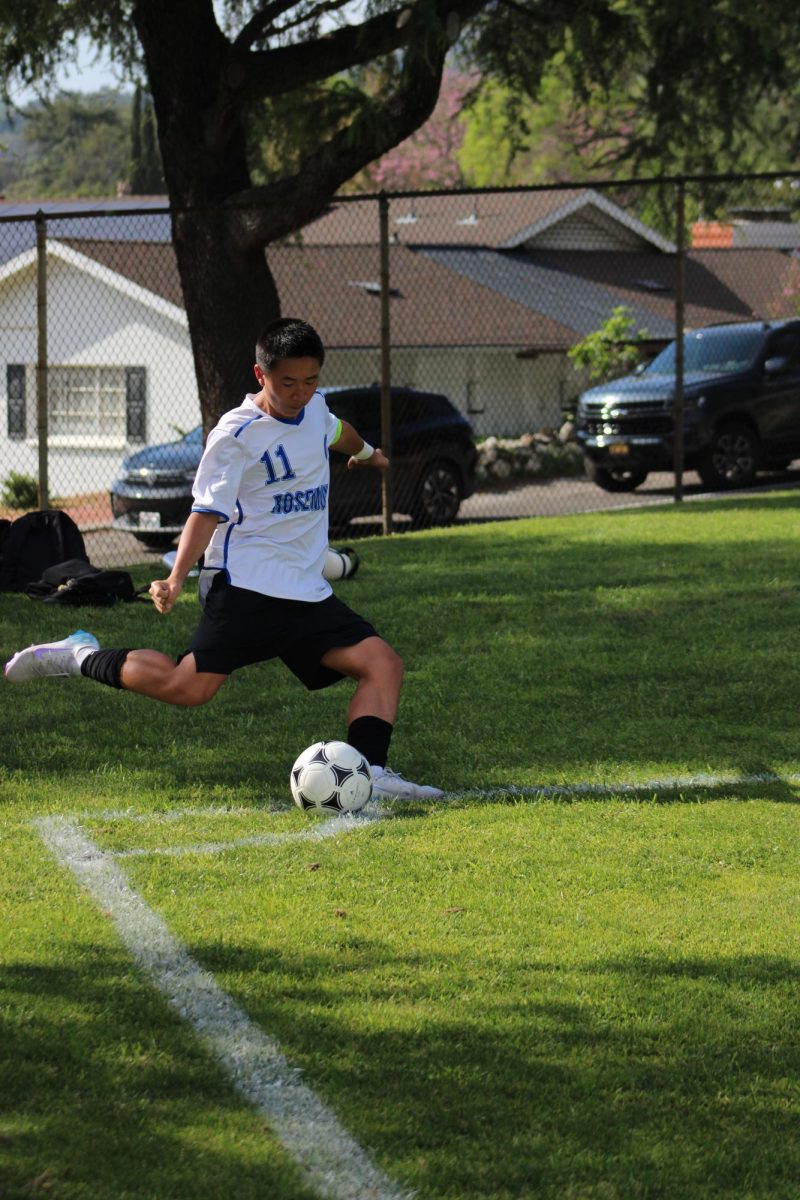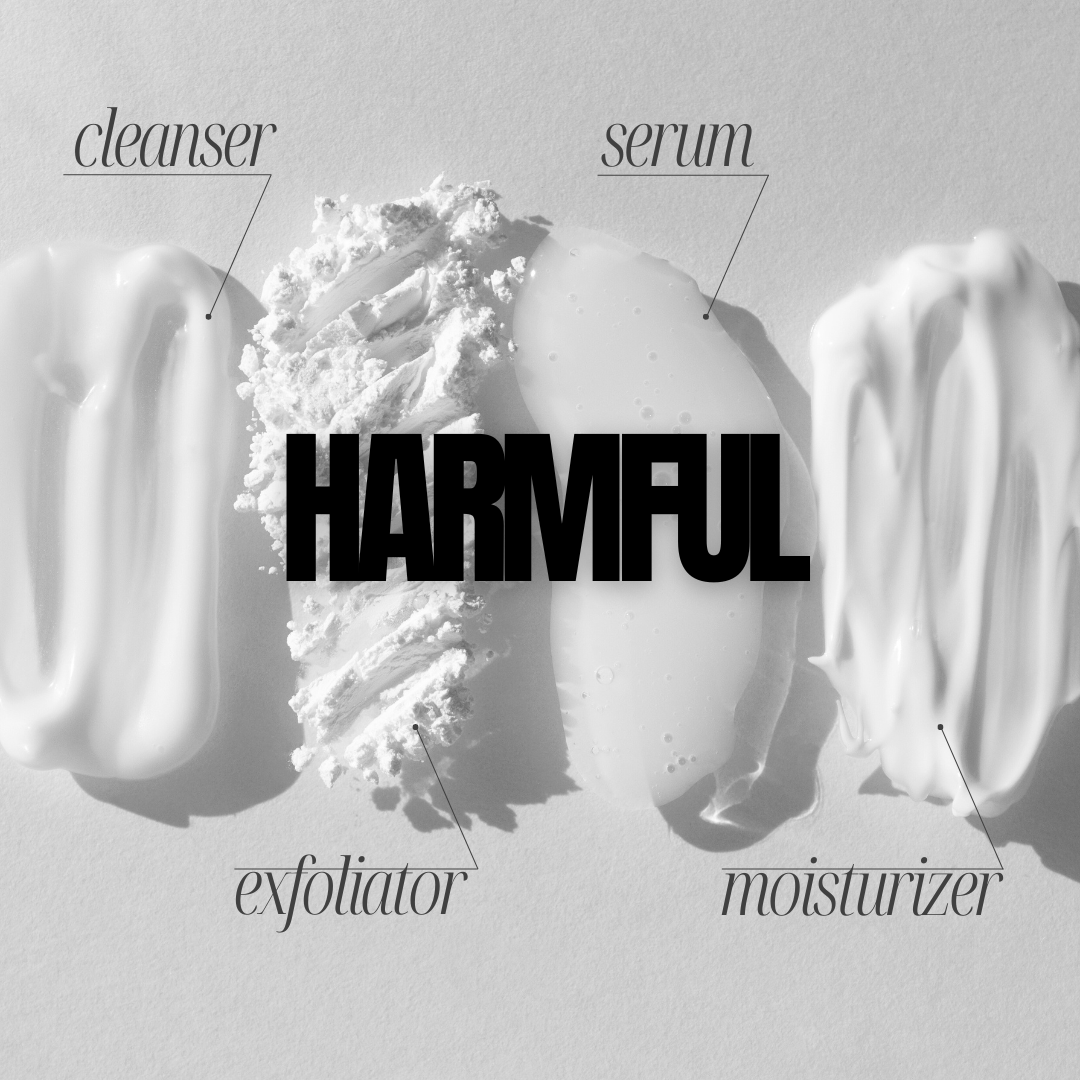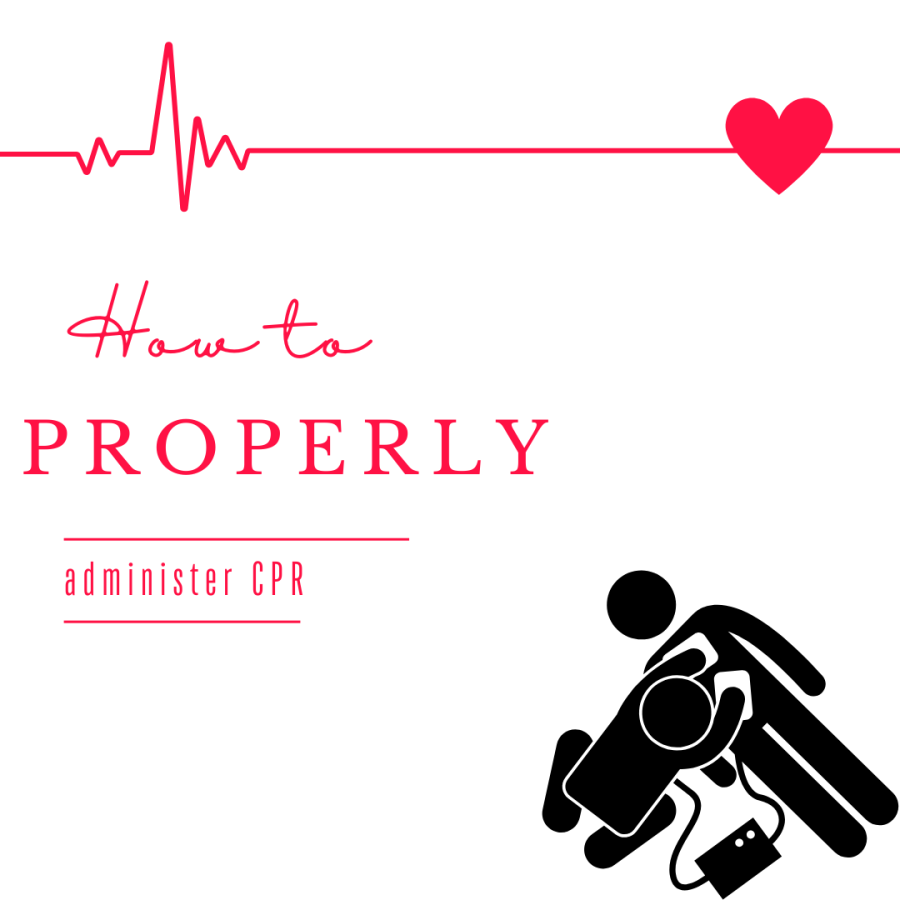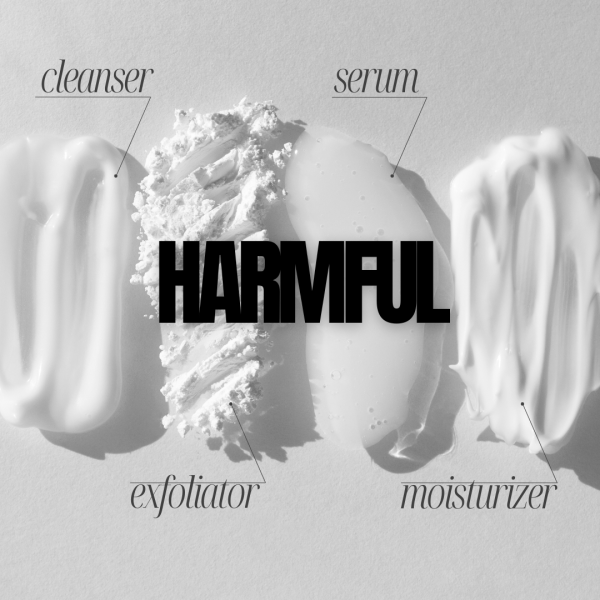How to do basic CPR
The first step before doing any CPR is to check the scene. Make sure that it is safe for you to help a person. If the person appears to be unresponsive, check if they are responsive using shout-tap-shout. If they are unresponsive, get personal protective equipment, if you have it, and call 9-1-1 or tell someone to do so. Next, place the person on their back on a firm, flat surface.
Next comes the most important part. Chest compressions have to be done at the rate of about 100-120 per minute. That is the same as the tune of the song Stayin’ Alive, if that helps. Chest compressions have to be done to the depth of about 2 inches, and with two hands placed centered on the chest, close to one another. Allow the chest to return to the original position after each compression. It is important to maintain the pace, and not slow down. If there is a person near you who knows how to do CRP, you can exchange after you get tired, but make sure to do it very quickly. The person’s ribs might crack, especially if the person is a child, but that it pretty normal for CPR.
That was hands only CPR. If you have personal protective equipment (PPE), give 2 breaths every 30 breaths. To give breaths, open the airway to a past-neutral position using head/chin -lift technique. Make sure each breath lasts one second, and allows the chest to rise. If it does not rise, re-tilt the head before giving the second breath. If it still does not rise after the second breath, there might be an object blocking the airway. If one is available, use an AED. An AED is a device that can analyze a person’s heart rhythm, and deliver an electrical shock if necessary to start the heart again.
Continue giving chest compressions and breaths, until first responders arrive. Mouth to mouth CPR is not as important as chest compressions. It is most important when a person is drowning, it will help get the water out of the person’s lungs.To learn more about CPR, use the links below, or search up “how to do CPR” on youtube to get a more visual understanding.
https://www.redcross.org/take-a-class/cpr/performing-cpr/cpr-steps
https://www.mainehealth.org/About/Health-Index-Initiative/Cardiovascular-Health/Hands-Only-CPR-Training
Your donation will support the student journalists of Rosemont Middle School. Your contribution will allow us to purchase equipment and cover our annual website costs.

Timofey Tkachev is a journalist who loves cats. He enjoys coding, riding my bike, swimming and had experience making a newspaper in his elementary school...

Finnley (Finn) Gardner, is an eighth grader. He was born in Edmonton and moved to the US when he was six months old. He enjoys history and sports, mostly...

